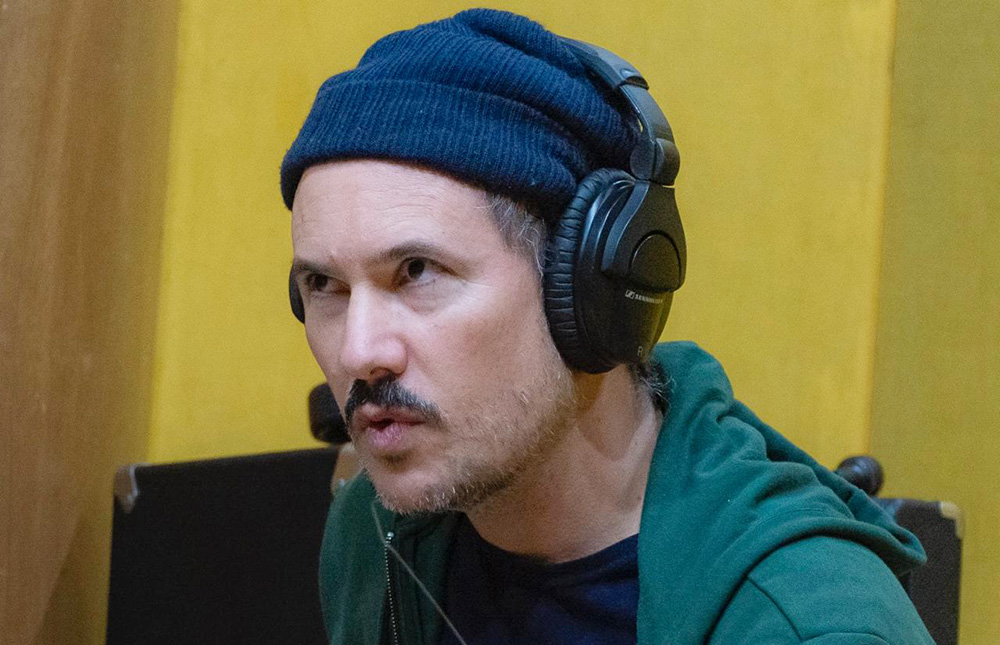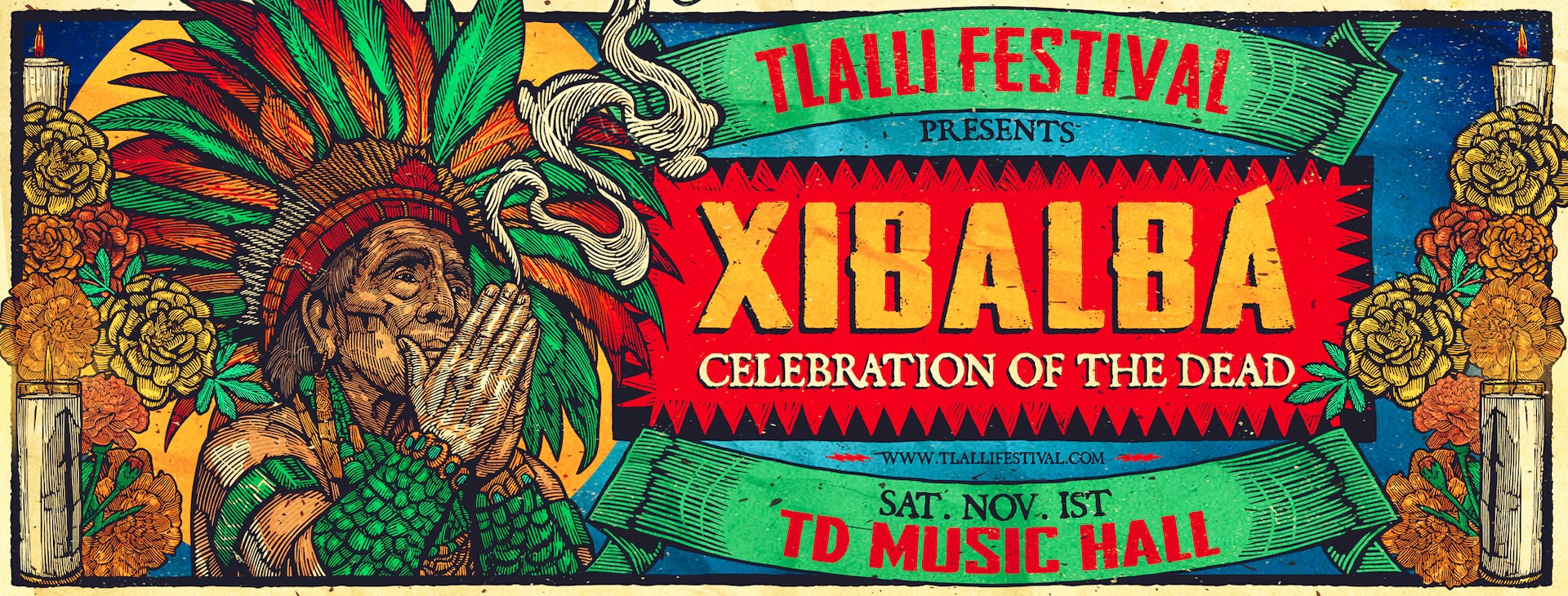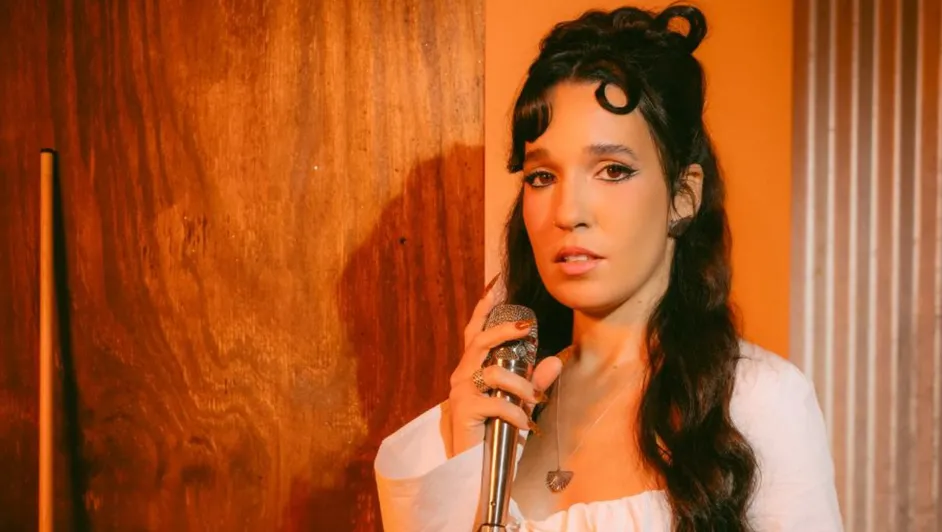First, the music: the cumbia slows down, as if the player ran out of batteries. Second, the lifestyle: a way of dressing, cutting their hair, reinventing their names, under the influence of the Chicano cholos of Los Angeles and a romantic idea of tropical Colombia. Third, where they belong: the suburbs and slums of Monterrey, the largest city in northern Mexico.
This is, in a few words, what the kolombias or cholombianos are: a Mexican urban subculture that made cumbia its own and had its heyday between the early 2000s and the mid-2010s. In fact, the name “cholombiano” is the sum of a special link between the “cholos” who came from the US and the Colombian culture – driven by the love of cumbia, which had a strong impact in many areas of Monterrey for decades before. Like so many movements in Latin America, Kolombia reports clear signs of cultural syncretisms, such as the appropriation of migrant traditions and the miscegenation of border culture.
More than two years after its sensational Netflix release, Fernando Frías de la Parra’s I’m No Longer Here (Ya no estoy aquí) continues to garner acclaim. Set during the so-called war against drug trafficking in Mexico, between 2010 and 2011, the film tells the story of Ulises, a 17-year-old boy from Monterrey who loves lowered cumbia and is a member of the Los Terkos gang, part of the Kolombia urban subculture.
“The movie is essentially about a counterculture and a character who represents it. It deals with issues such as identification, roots, and belonging,“ says Fernando Frías de la Parra. “You can also think that it’s a film about cumbia and dance. Or about migration, about friendship, about the family we choose… I’d say that the film is about all that and a little more.”
With several awards and nominations behind it, as well as the support of big names like Guillermo del Toro and Alfonso Cuarón, the film I’m No Longer Here shows the B side of Monterrey, capital of the state of Nuevo León, as its marginalized communities are traversed by the cartel violence. “It’s a generation of young people that normalized violence, had to be part of it, in one way or another,” says the Mexican filmmaker.
Before filming, Fernando did his research and his fieldwork, he even read some theses on this topic. But the initial trigger for I’m No Longer Here was the music: “The film responds to different concerns… In the first place, it has to do with receiving a compilation album of cumbias ‘rebajadas’ that a friend brought me from Monterrey back in 2005 or 2006.”
The lowered cumbia subgenre began as a trick played by “sonideros” – the DJs at town festivals – with their cumbia and vallenato records. This laid the foundations of the Kolombia movement: that pleasure last longer. Everything sounds lower and deeper: from the catchy rhythm of cowbells and timbales to the nostalgic melodies with accordion and vocals. That beat at half revolutions, almost distorted, is what Ulises and his friends dance and celebrate in the film.
“Colombian cumbia definitely arrived in Monterrey through records,” tells Toy Selectah, local DJ and producer who became known as part of the hip-hop band Control Machete. “Without giving exact dates, it had to be sometime between the late ‘60s and early ‘70s. It arrived through two key locations: one being Mexico City, and the other Houston, Texas.”
The Mexican accordionist Celso Piña is undoubtedly a key artist in this reinterpretation of cumbia and vallenato. He picked up on the Colombian legacy, mixing and slowing down these rhythms, adding new elements. “Celso wasn’t only influenced by the tropical nature of cumbia but also by the typical sound of Colombian cumbia in the sabanero style, by that accordion style,” explains Toy Selectah about how Piña catalyzed this musical phenomenon. “This sound arrived and Monterrey made it part of itself, appropriated it, which generated an endless number of bands and musicians.”
“The word ‘cumbia’ is of African origin. They say that the short dance steps are due to the fact that those who danced it had shackles. Here, many years later, cumbia gives a voice to communities that feel far from their land, displaced for one reason or another. There’s a very important connection there,” points Fernando Frías de la Parra.
Slow cumbia to stretch the pleasure of dancing. Baggy clothes to look bigger, to take up more space. Haircuts with pre-Hispanic reminiscences. Nicknames and attitudes typical of border subcultures. It’s not easy to unravel how a movement like Kolombia came about. But it’s definitely worth finding out.








